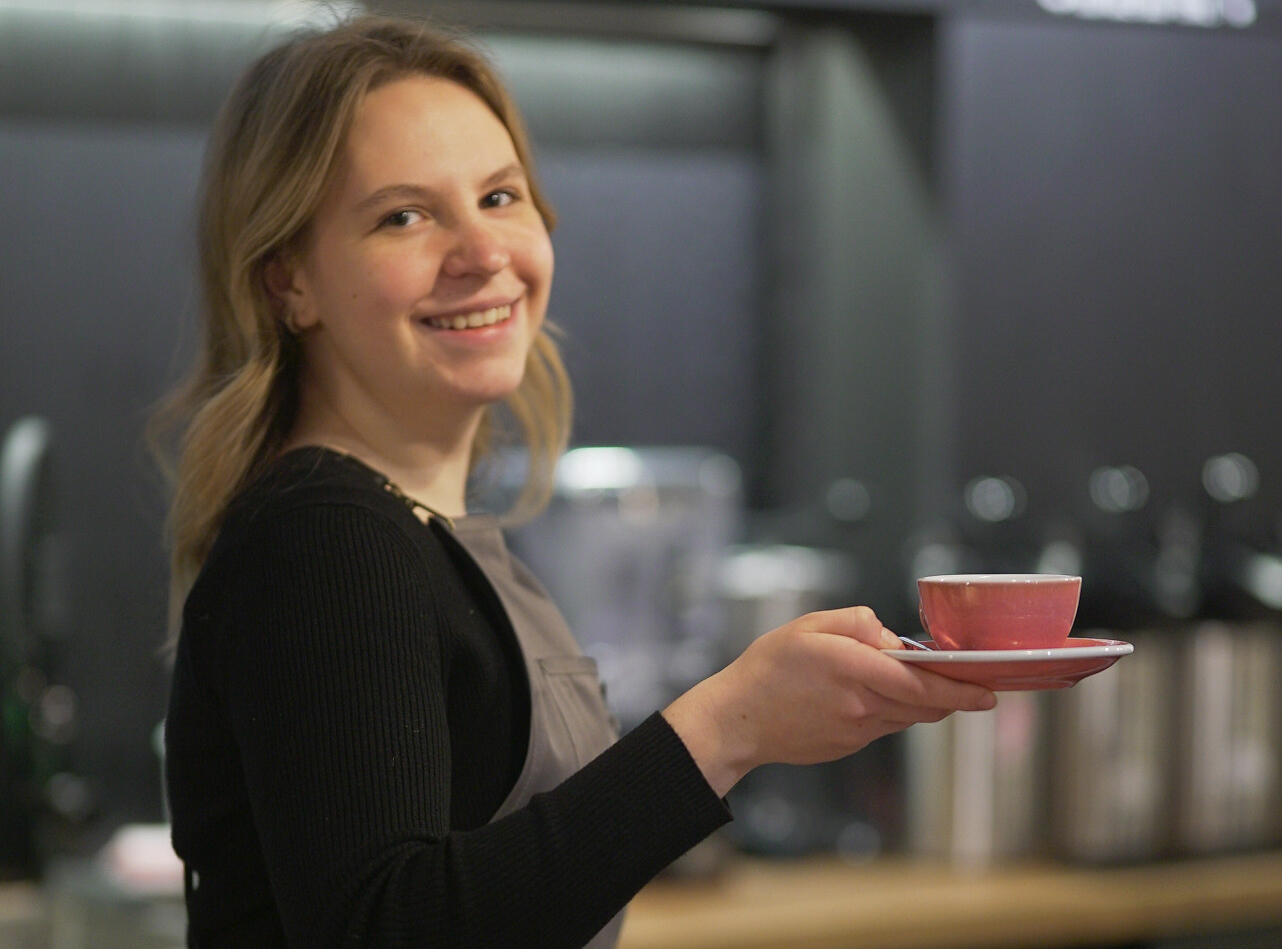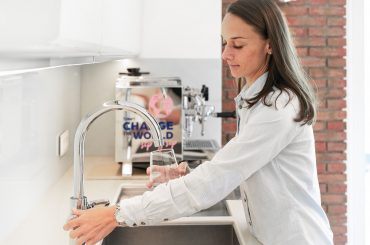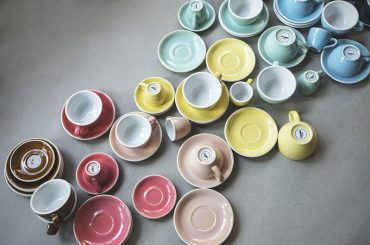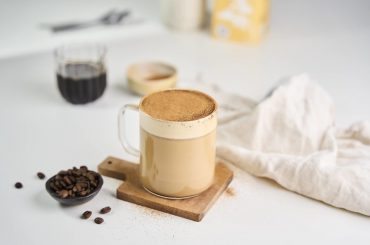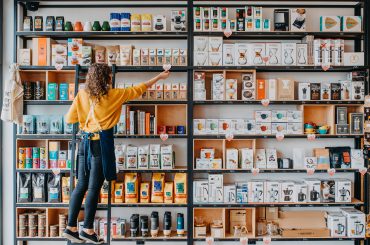People don’t come back to the café for the coffee – they come back for the way it made them feel. Was there a warm welcome or a chaotic queue? Did the barista serve their cup with a smile or carelessly toss it on the counter like a receipt? How can each visit become an experience guests want to relive?
Hospitality isn’t a barista’s smile, a free cookie with your coffee, or a marketing slogan masking poor work organization. Hospitality is designing experience, understanding how customers feel in the café, what emotions drive their decisions and what inspires them to come back. Now that you choose a café not by chance, but by through careful calculation – assessing service speed, table comfort, the ability to work on a laptop or even the feeling of being in the right place – managing customer perception becomes a key business strategy. You no longer sell just coffee; you sell the experience that customers will return to, even if the café next door serves equally good brews.
The first ten seconds inside the café mean everything. The customer walks in and even before they get to the counter, their brain already evaluates the space, catching details that either calm them down or make them a bit anxious. This is the primacy effect: a psychological mechanism that imprints the first impression on your mind and affects the rest of the experience. If you immediately know where to stand in the line, the staff makes eye contact and you feel welcome but not overwhelmed, then you will perceive the whole visit positively – even if the milk in the cappuccino is not perfectly frothed. However, if the barista avoids eye contact and the guest feels unsettled by the café’s layout, even the best coffee won’t be enough to bring them back.
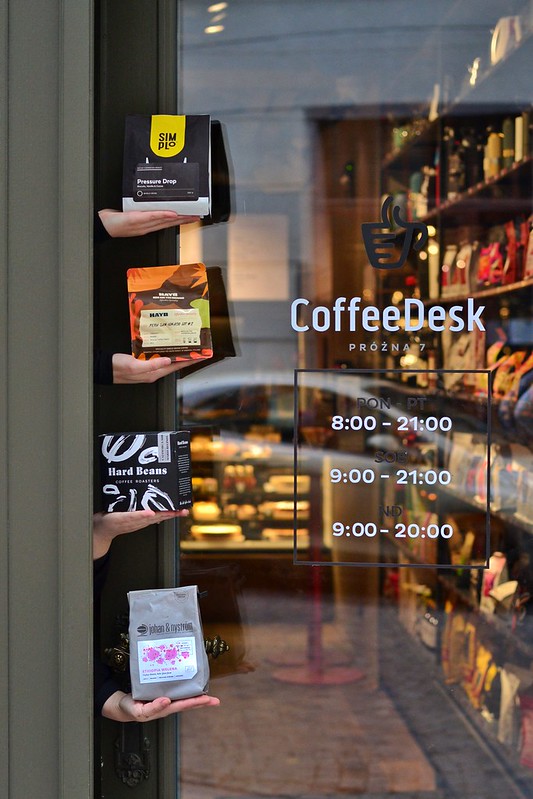
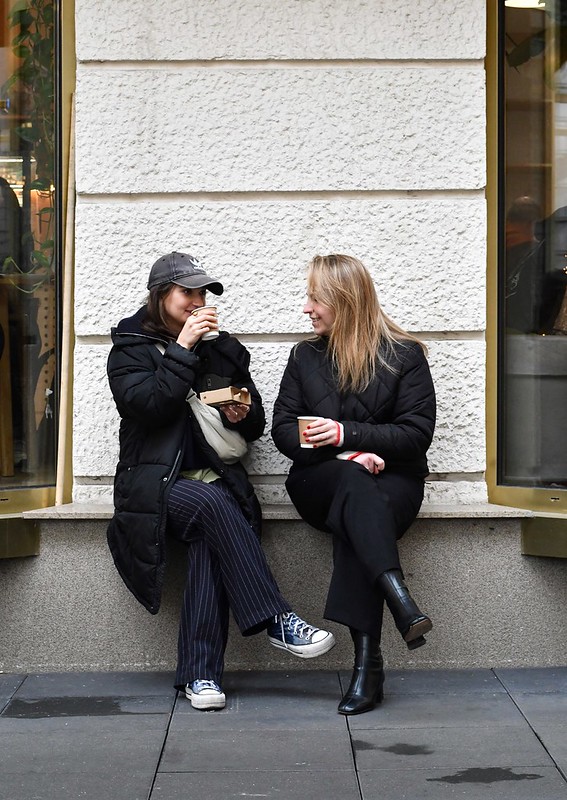
Hospitality – what do you need to know?
In the catering industry, it is crucial to understand that customers’ decisions are driven by emotions, not logic, which is why proper choice management is so important. People evaluate the value of things by comparing them to other options, rather than in isolation from the context. If the menu only offers one pourover coffee for PLN 14, it seems expensive. However, when a cup of limited-edition coffee beans is priced at PLN 20 right next to it, the first option suddenly feels like a more ‘reasonable’ choice. The same works in upselling – rather than asking: ‘Would you like me to add syrup?’, it is better to ask: ‘Vanilla or caramel?’, assuming that the decision has already been made and the customer is simply picking the details.
The key also lies in whether the café’s identity is clearly defined and if the visitor immediately feels that this is the right place for them. People subconsciously adapt to their surroundings, which is why freelancers look for cafés with large tables and electric sockets, and those who search a moment of peace will avoid loud, noisy spaces. The problem arises when the décor, music and layout of the space do not clearly communicate who the place is for. If the goal is fast service and high foot traffic, the café should feature an ergonomic ordering station and a clear, direct customer path – so that no one feels confused. If the goal is to create an atmosphere conducive to work, it’s important to establish quiet zones, provide designated spots for laptop users, and offer clear signals that encourage customers to stay longer.
All of these mechanisms work on a subconscious level, but they can be deliberately designed to increase customer loyalty. It’s enough to understand how the perception of time works – because the customers does not measure waiting time in seconds, but in emotions. If they get bored in the queue, every minute drags on. If contact is made in the first 20 seconds of entering the café, the customer won’t feel like they are ‘waiting’ – because, mentally, they are already in engaged in the service process. Therefore, cafés that prioritize the immediate ‘first step’ – such as asking the question ‘Here or to go?’ or saying: ‘Sure, I’ll get you a table’ as soon as the customers walk in – make them perceive the service as more efficient, even if the actual waiting time remains the same.
Another key aspect of hospitality is managing the time a customer wants to spend in the café. It is no coincidence that in some chain cafés, the lighting is cold and the chairs uncomfortable: these space are intentionally designed to discourage customers from staying too long. In specialty cafés, on the other hand, warm light, wooden elements and slower music make guests subconsciously feel that they can relax. The impact of those invisible details is immense – the café’s management of space, lighting, sound and even portion sizes affects whether the customer stays longer, orders another coffee, or returns with friends.
Another issue is loyalty – not the one based on loyalty programs or collecting stamps, but the one that creates a real bond between the café and the customer. In my experience, people are more likely to engage in loyalty programs that offer a pleasant surprise rather than those that feel like a mere transactional exchange. A customer who receives an unexpected cookie or a personalized coffee recommendation based on their previous choices feels seen and appreciated. This isn’t just another mass promotion; it’s a personalized experience that transforms the café into ‘their place’. And that creates a stronger desire for the guest to return than any customer loyalty card ever could.
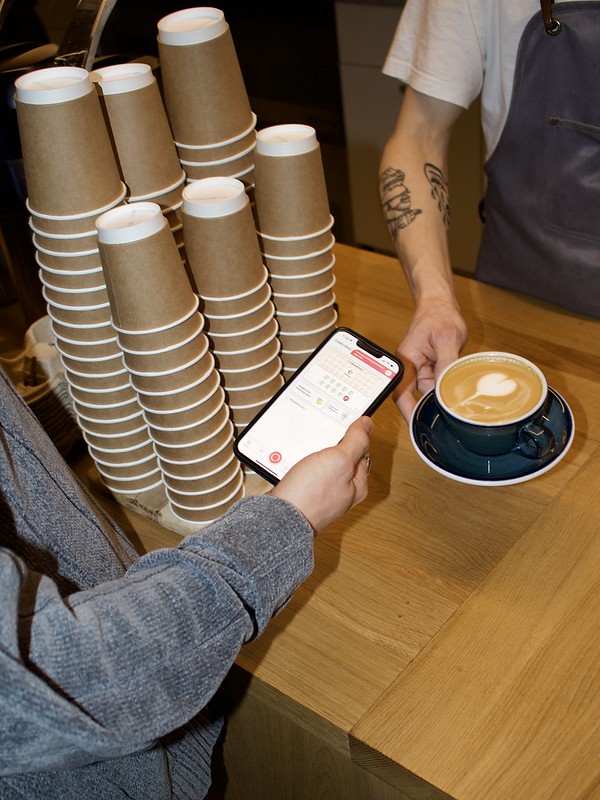
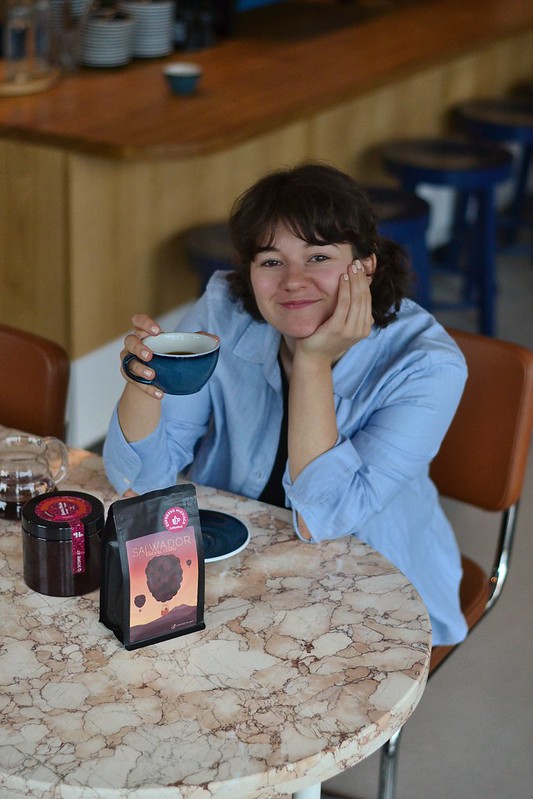
Biochemistry in a café – how to manage cortisol and oxytocin?
People believe they evaluate cafés based on the coffee, but in reality, it’s the chemicals –stress and relationship hormones – that subconsciously control how customers feel. If their cortisol levels rise too much, they will associate the café with discomfort, even if they’re served the best Geisha in town. However, if we create the right conditions for the release of oxytocin, the customer will feel positive emotions and, most importantly, will be more likely to return.
Cortisol, the stress hormone, jumps whenever the customer feels out of control. In the café, this can mean an illegible menu, long queues, lack of clear communication, and a chaotic interior. If the customer doesn’t know where to stand, how to place an order, where to pick up coffee, they feel micro-stress, which may dissuade them from the next visit. Worst case scenario? When the barista, instead of helping, ignores you or casts an indifferent: ‘Yeah?’ At this point, the customer’s sense of comfort is lost, triggering a subconscious defence response: muscle tension, increased pulse, and a strong urge to leave as quickly as possible.
Now, the other side of the coin: oxytocin, the hormone of connection and trust. When its levels rise, the customer feels valued, at ease, and genuinely cared for. A few simple mechanisms come into play here: eye contact, a smile, handing the cup directly to the customer instead of placing it on the counter – these small gestures trigger micro-reactions in the brain that enhance the sense of security. Customers don’t know why they feel good in a given place, but they do know that they want to come back.
The art of personalization is another element in building loyalty, but it must be done skilfully. It’s not about the barista shouting across the room ‘Hi Krzysztof, your usual flat white?’ because not every customer wants to be recognized in such a way. Personalization should be subtle yet obvious. This can be achieved by offering a personalized coffee recommendation based on the customer’s past choices, or through micro-gestures like greeting them by name, if that’s what they expect. The key is to read their reactions, not to force familiarity.
In a perfect scenario, the customer leaves the premises with an elevated oxytocin and lowered cortisol – with a mental association of the café as a safe, welcoming space to return to. They can’t recall the exact taste of their coffee, but they do remember that they felt good.
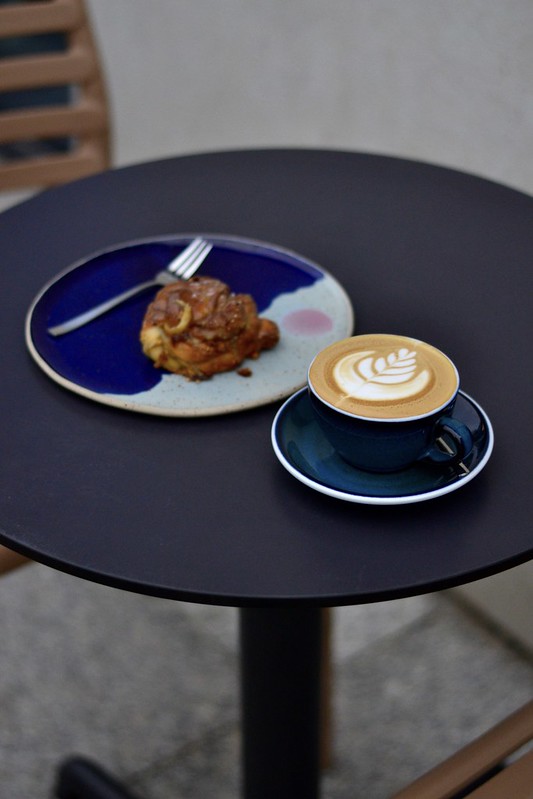
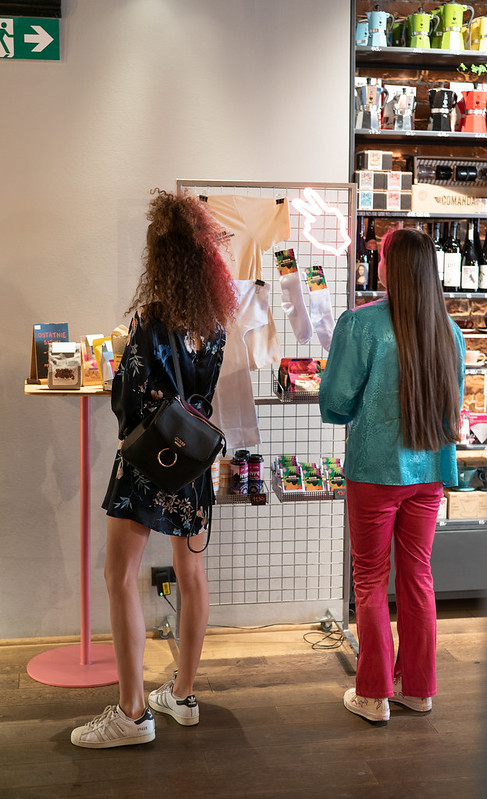
Is the long queue the end of the world?
Time is a relative term. The customer in the café does not measure it in seconds, but in emotions. If they’re waiting calmly, occupied with something engaging, they will perceive the queue as shorter, even if it actually took longer. However, if they’re standing still, staring at the back of the person in front of them, they begin to fixate on the passing time, and every second feels like mental torture. Even worse, on each subsequent visit, their brain ‘remembers’ the waiting – and this alone may discourage them from coming back.
The principle is clear: if the customer has something to do while waiting, time seems to fly faster. In practice, this means that if the queue is long, it’s helpful to give the customer a menu to look over, rather than make them wait for their turn and only then start wondering whether they want an espresso or maybe a cappuccino. Another good trick is to place coffee bean samples to smell or a ‘coffee of the day’ board at the cash register – customers who can touch, read or smell something are less likely to feel that waiting is a waste of time.
Ultimately, the key is to make sure the customer feels that their time is not wasted. Otherwise, next time they will choose a café where this feeling does not occur, even if the wait time is identical.
How to make the customer feel like they have more time?
Time is the greatest illusion that can be controlled in a café. If the customer thinks they have a lot of time, they will stay longer, perhaps order another coffee, maybe even a cake. If they feel pressure, they will fidget, check their watch, drink faster, and take off before the barista can remember their face. Here enters ‘perceived time compression’, a concept that allows customers to subconsciously spend more time in the café without feeling like they are wasting it.
Music with low BPM is relaxing. Research shows that when music plays at a pace of less than 70 beats per minute, customers naturally slow down, feel more relaxed, and tend to spend more time in the café. That’s why upscale restaurants opt for quiet jazz, rather than techno. In contrast, fast, dynamic music subconsciously encourages guests to eat quickly and leave – hence fast-food restaurants bombard customers with rhythmic pop music.
Sound isn’t the only factor influencing the perception of time; lighting also plays a significant role. Warm, yellow lighting reduces cortisol levels, creates a cozy atmosphere, and encourages customers to stay longer. On the other hand, cold, white light acts as a ‘don’t linger’ signal, making it ideal for places where fast table turnover is a priority.
Interior colours are another factor. Beige, green and warm wood calm you down and encourage to spend time in the restaurant. Red and orange stimulate appetite and encourage quicker eating – McDonald’s understood this long before it became a common topic in hospitality discussions.
Last but not least, one of the simplest but most effective hacks: ‘free refills’. It’s not even about whether someone really wants another cup of coffee. It’s about the perspective it creates. The customer informed about the possibility of a refill does not think: ‘I’m drinking coffee’, but rather: ‘I’m going to stay here for a while’. This is a subtle yet highly effective technique for encouraging customers to stay longer at the café, and a longer stay means a better chance for another order.
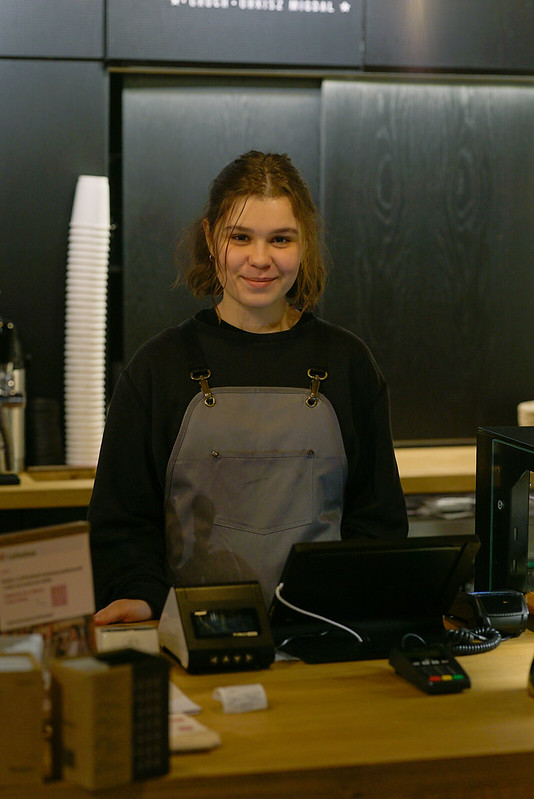
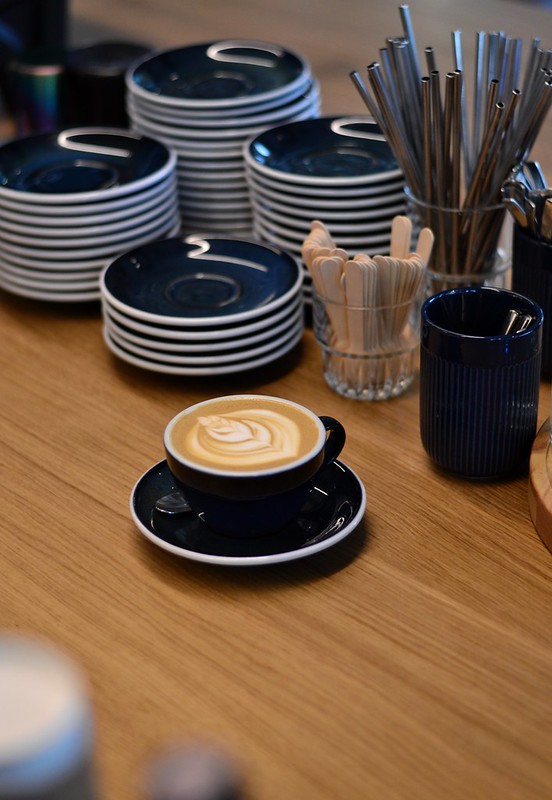
Customer loyalty and the ‘paradox of freebies’
Classic loyalty programs work like a tax: people use them because they have to, not because they want to. That’s why random freebies build stronger loyalty than the expected ones. A customer who gets every tenth cup of coffee on the house, perceives this as a transaction. A guest who unexpectedly receives a free cookie, feels valued and acknowledged, which makes them want to return.
The ‘on credit’ effect is a clever trick used in top loyalty programs. Instead of starting from scratch, the customer immediately receives a few ‘starter’ stamps – psychologically, they feel halfway to the reward, and are more motivated to keep collecting. This method is used, for example, by loyalty apps – a user who instantly sees that they already ‘have earned something’ is more likely to continue toward the next level rather than stop.
Building a customer identity is a deeper level of loyalty that works better than traditional stamp systems. People want to be part of something greater – that’s why a coffee connoisseur’s club, access to exclusive beans or special cupping events for regular guests work better than a ‘regular customer card’.
The café as a ‘theatre’
Customer service in a café isn’t a transaction; it’s a performance where every detail contributes to the overall customer experience. When guests walk in, they don’t just want to be served; they want to feel part of the story. This means that the café should operate like a carefully crafted performance, where the staff, the interior and the way the drinks are served come together to create something greater than the sum of its parts.
The first pillar of this performance are the actors, i.e. the staff. If the barista stands behind the counter like a cashier in a supermarket and asks mechanically: ‘What can I get you?’, the guest doesn’t become part of any story – they get their coffee and leave. But if the barista takes on the role of a host in their world, initiates a conversation, and suggests options in a natural way (‘Today we have Kenya, with an intense currant notes. Do you enjoy fruity coffees?’ instead of: ‘Anything else?’), the customer suddenly feels part of something more personal. Well-trained staff should be aware that the way they speak, gesture, and respond to the customer builds the atmosphere of the café.
Another element is the set design. When stepping into a café, customers instinctively judge whether the design aligns with the experience they seek. Minimalist tables and light wood? A Scandinavian specialty café is a way to go. Sturdy armchairs and dimmed lights? A perfect place for long talks and chill. Although direct research linking décor to coffee taste perception is scarce, it is well established that the environment shapes the way we experience food and drinks. The colour, shape, and texture of a cup can make the same coffee seem more aromatic, more full-bodied, or less bitter. The same goes for the interior—if a café looks like a place that serves high-quality coffee, the customer’s brain subconsciously enhances their perception of its taste. That’s why a café should not only brew good coffee, but also look like a place where coffee simply must be good.
Props and rituals play an extremely important role. There is a good reason why some cafés serve cold brew in chemical flasks rather than in ordinary cups. The customer wants to see something different, something that makes the place stand out. High-quality cups, wooden trays, decanters with filtered water – all these elements enhance the overall experience. Even the ritual of serving coffee matters. In fine dining restaurants, waiters follow a precise choreography while serving dishes. Similarly, in a café, this can be reflected in the careful serving of the cup, a brief introduction to the specialty coffee, and a fragrant experience before the first sip.
All this leads to the last element – theatrical improvisation techniques in customer service. The best baristas not only know coffee, but they can read people, adjust the tone of conversation to the customer, build light interaction. The art of hospitality is not about teaching staff rigid scripts, but about fostering their flexibility – allowing conversations with customers to flow naturally, rather than feeling like a scripted performance. In some fine dining restaurants, there are workshops with actors who teach waiters how to control their voice and build positive energy in a conversation. The café is also a stage, but instead of grand dramas it hosts the everyday stories of people who come to enjoy a cup of coffee.

